What is a Torma? Hint: it involves butter.
 Saturday, July 6, 2013
Saturday, July 6, 2013  Before a few days ago, I'd never heard of Torma. And I'll admit, part of me is ashamed because I consider myself an unabashed lover of butter, and it being that I've toured a butter factory and all, I do feel like I know more about the delicious stuff than the average person.
Before a few days ago, I'd never heard of Torma. And I'll admit, part of me is ashamed because I consider myself an unabashed lover of butter, and it being that I've toured a butter factory and all, I do feel like I know more about the delicious stuff than the average person.
But I didn't know what Torma was.
Now, in case you hadn't gathered, Torma does have something to do with butter. I learned about it when I was recently invited to TormaFest at the Rubin Museum of Art in NYC. In the invite, it was explained that
"Torma, traditional Tibetan butter sculptures used as offerings in shrines during special ceremonies. Torma are traditionally made with a mix of barley flour and butter which creates a mixture that is soft and pliable yet durable. Colors are added according to the purpose of the particular torma and the most commonly used colors are red, blue, yellow, green and white."
 Photo via Shambhala TimesI hit the internet to learn a bit more. Basically, they are figures made mostly of flour and butter used in tantric rituals or as offerings in Tibetan Buddhism. The tradition of such offerings dates back quite some time, and has straddled a few different religions, especially in the East. Some are flat, some are conical.
Photo via Shambhala TimesI hit the internet to learn a bit more. Basically, they are figures made mostly of flour and butter used in tantric rituals or as offerings in Tibetan Buddhism. The tradition of such offerings dates back quite some time, and has straddled a few different religions, especially in the East. Some are flat, some are conical.
As for the uses, the tormas can represent deities during meditation, but they can also be used to "appease spirits, accumulate merit, or remove obstacles". Others are used as offerings before a feast, and will actually be consumed. The ones in this last category will sometimes have more toothsome ingredients included (egg, milk, sugar, honey).
The name comes from the root word gtor-ba which means to "cast away, break up, or scatter". This is to say that while making an offering, the idea is to also let go or to not hold on to tightly (emotionally, or physically). Pretty deep, huh?
Thankfully, there is a helpful blog post entitled "Torma Making, Illustrated" which was further able to introduce me to the art by linking to a video which shows the steps involved:
While the video features marzipan rather than the barley and butter mixture, I think you get the idea: basically, you're creating a lovely little offering for your altar and Overall, it seems like an extremely meditative practice.
For some interesting musings on Tormas, visit this site.









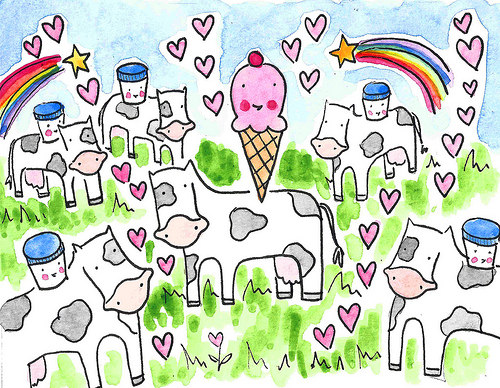
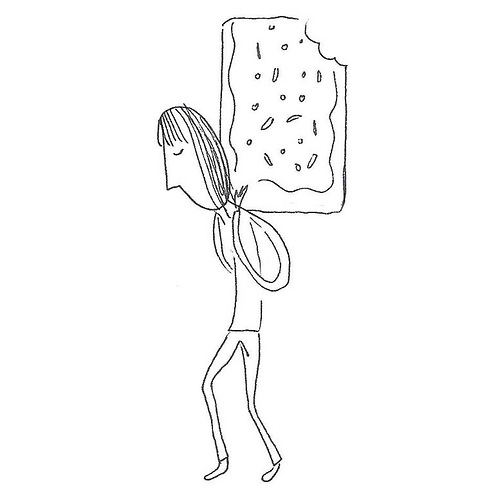


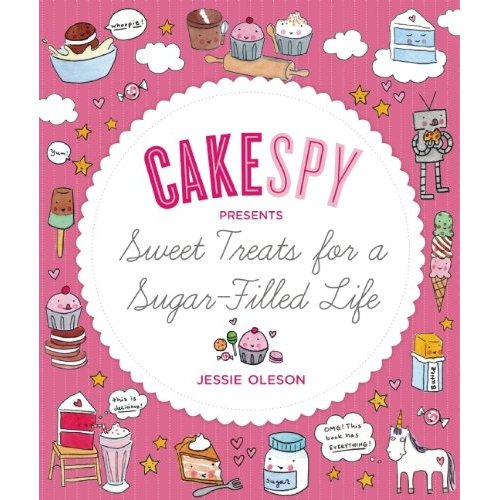
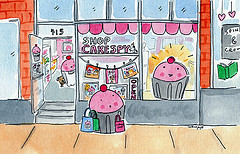

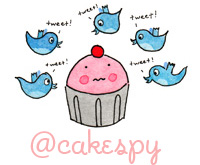
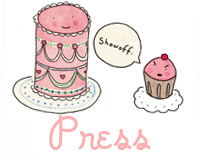

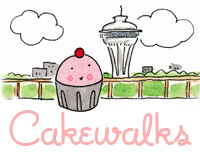
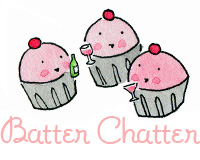

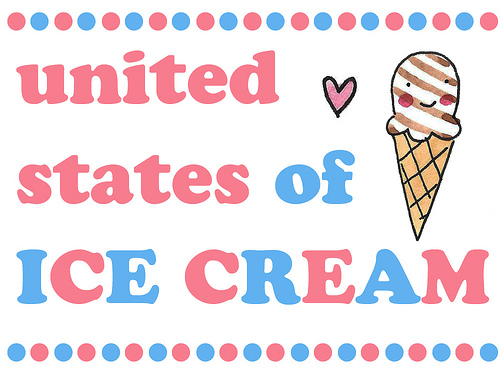


Reader Comments